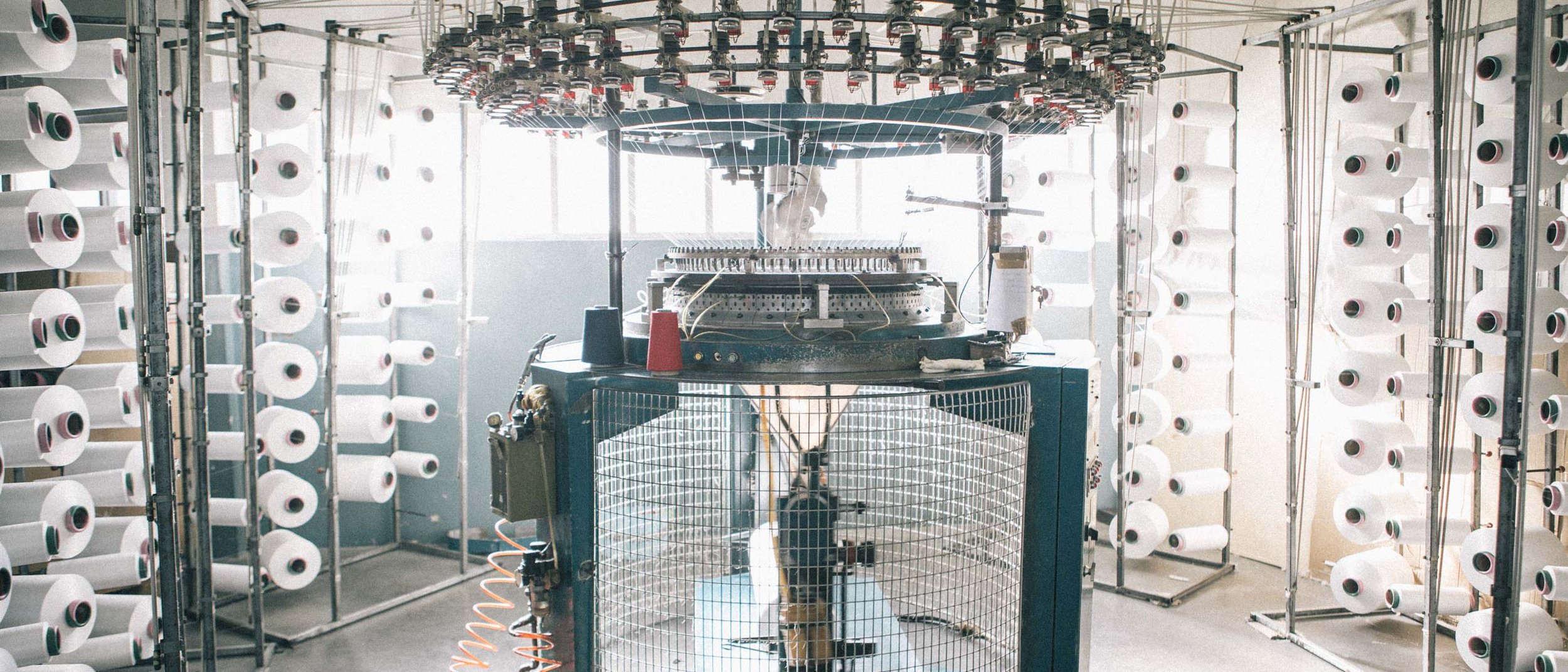Our Look At The Brands That Are Leading in Sustainability
To have a real conversation about sustainability, we have to be honest about the fact that many people who can afford to buy luxury items don’t actually care about this issue. They just don’t want to feel guilty about their conspicuous consumption. Many companies capitalize on this fact by making customers feel good with vague marketing claims, while simultaneously avoiding any significant commitments to sustainable practices. This is often referred to as “greenwashing”: the practice of making a misleading or unsubstantiated claim about the environmental benefits of a product, service, technology or company practice, which can make a company appear to be more environmentally friendly than it really is.
For those customers who really do care about sustainability, it is essential for companies to be transparent with all relevant facts. This allows customers to make informed decisions, and make a positive impact by supporting companies that are doing the right things. If companies that are trying to become more sustainable clearly communicate their efforts by presenting the facts, customers can “put their money where their mouth is” and buy luxury items that align with their values.
Transparency about a company’s sustainable practices also ups the ante for the industry as a whole. Furthermore, transparency encourages accountability, forces a higher level of scrutiny, and creates a dialogue about best practices for sourcing and manufacturing, carbon footprints, as well as the ethical treatment of workers in the supply chain regardless of class, race, age, or sexual orientation.
When selecting the best fashion houses for sustainability, we based our initial criteria on the UN’s 17 Sustainable Development Goals released in 2015. We also tried to look at fashion houses and companies in a holistic way, and analyze what the companies are doing comprehensively. This process excluded one-offs and capsule collections that function as smaller satellite entities of larger companies. Through endeavors such as Marine Serre’s up-cycled jeans, t-shirts, scarves and cardigans and Prada Re-Nylon promote healthy conversations about what it means to be sustainable, they did not make our list because they do not represent the overarching methodologies of those companies.
* There was a debate about whether to include Stella McCartney on this list due to the company’s ‘fur-free-fur’ products, some of which are currently made with virgin non-biodegradable petroleum-based materials such as acrylic and polyester. When the article was first published, the company was not included on the list for this reason. Subsequently, a contact from Stella McCartney provided The Impression with information about their new ‘fur-free-fur’ innovation called KOBA, which is the world’s first faux fur to be created using plant-based ingredients and is planned to be commercially introduced in 2020. The KOBA ‘fur-free-fur’ also contains recycled polyester, and can be recycled at the end of its life. We at the Impression are excited to learn about this new innovation. Significantly, Stella McCartney has been a sustainability leader in the luxury fashion industry for nearly two decades, as an advocate for social and environmental sustainability, and for their strong stance against animal cruelty. Furthermore, over 78% of the company’s Summer 2020 collection uses sustainable materials. Subsequently, we at The Impression look forward to adding Stella McCartney to our list of most sustainable fashion design firms for 2020.
The fact is, all fashion design firms are part of a supply system that was not built on circular, cradle-to-cradle design principles so they cannot be 100% sustainable…unless they are individuals who live completely off the grid, who build products from land they farm, and “sell” those products through some sort of bartering system. There is however a range, in which some companies are doing better than others in regards to issues of sustainability, and it is with this mindset that we unveil the list of The Impression’s Best Sustainable Fashion Design Firms for 2019.
*Article updated on 12/4/2019
EDUN
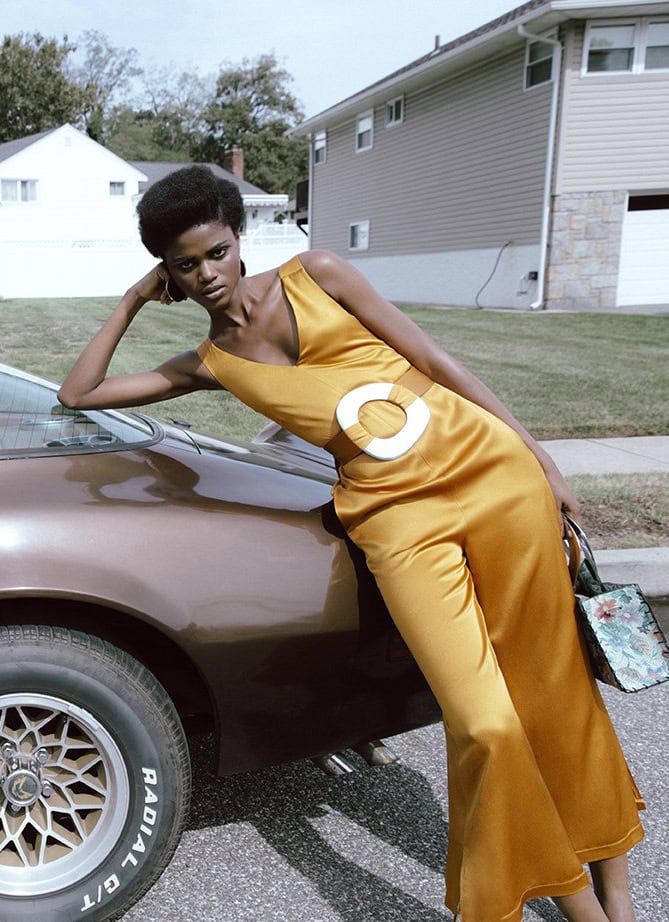
EDUN is led by a creative collective based in New York, which partners with non-profits such as Ethical Fashion Initiative and Better Cotton Initiative, Kenyan-based organizations Lulea, Weavers Worth, and Rwandan-based Ibaba to create ethically produced ready to wear and accessory collections. The source materials are a mix of organic, recycled, and upcycled fabrics, as well as artisanal custom-made fabrics and embellishments made in Africa.
Eileen Fisher
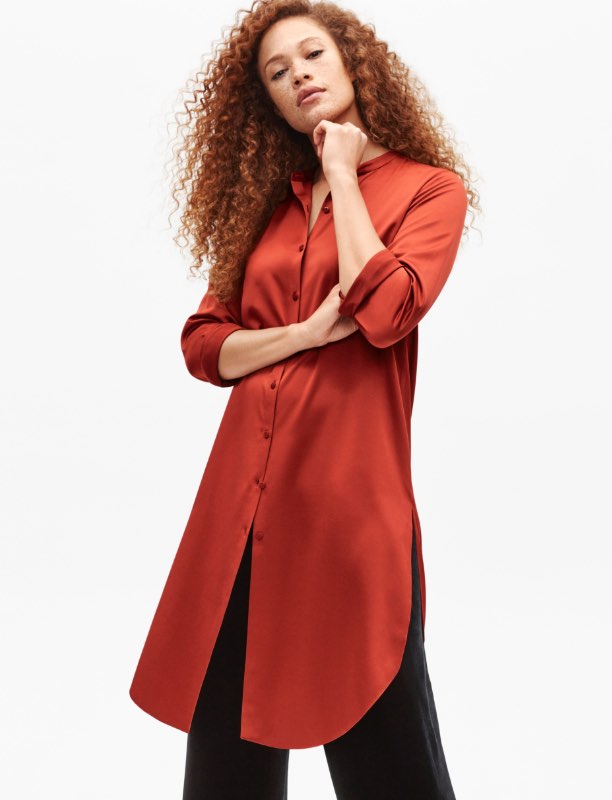
With a host of social and environmental initiatives, Eileen Fisher promotes principles of cradle-to-cradle design practices, and human rights for all. With the ability to shop on their website using filters such as “organic cotton”, “responsible fiber” and “fair trade”, it is easy to put you money where your heart is. Additionally each product includes a tab showing “HOW ITS MADE”, which includes a break-down of material content and country of origin. More major retailers need to embrace this form of transparency, and provide consumers with the information they need to align purchases with their beliefs.
BITE
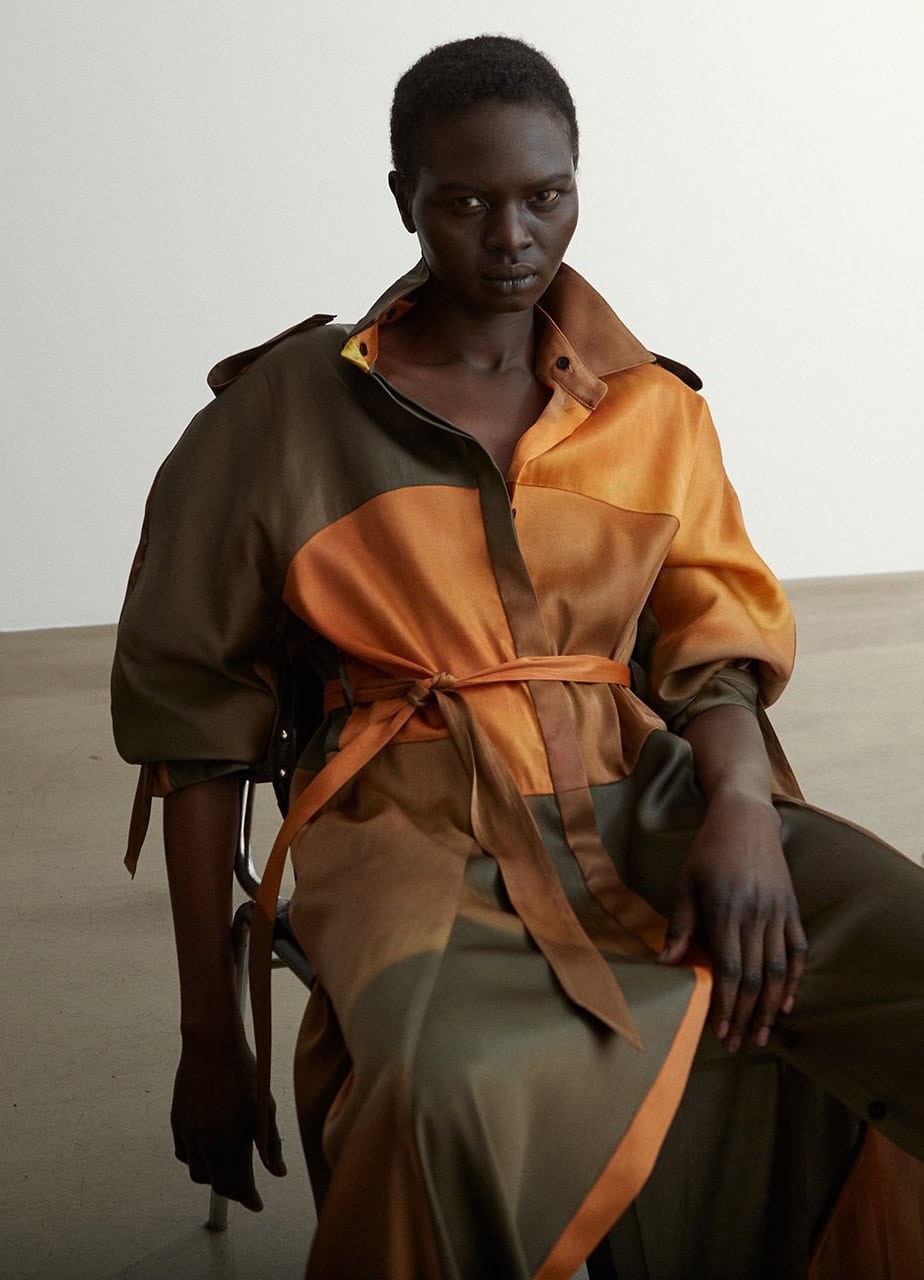
BITE, an acronym for By Independent Thinkers for Environmental Progress, is a luxury womenswear label with a mission to create beautiful, sustainable, durable clothes. Founded in 2016 by a collective based between Stockholm and London, BITE features hand crafted clothing made of organic fibers and recycled fabrics that include environmental and social certifications. 95% of the materials in their collections are organic or recycled, and a detailed list of the materials they use (and equally important, materials they do NOT use).
Levi’s
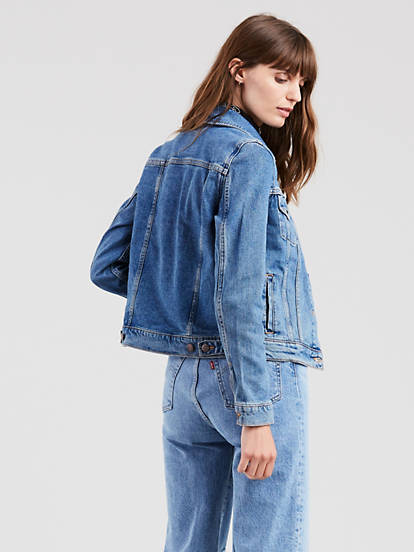
Rather than pie-in-the-sky commitments some companies make to be more sustainable 10 or 15 years down the line, Levi has committed to 100% sustainably sourced cotton by the end of 2020, sourcing from Better Cotton Initiative growers, organic cotton farms or recycled cotton suppliers. They have committed to zero discharge of hazardous chemicals by 2021 as well. Additionally, they’ve committed to using less water through the use of cottonized hemp and more significantly, have open-sourced their Water<Less denim finishing techniques, to share their water saving innovations with other companies. This type of information sharing is what we need to see more of, in order to make a real impact on climate change. All manufacturers need to work together for positive global impact, and re-invest profits in newly evolving sustainable technologies as well.
Gabriela Hearst
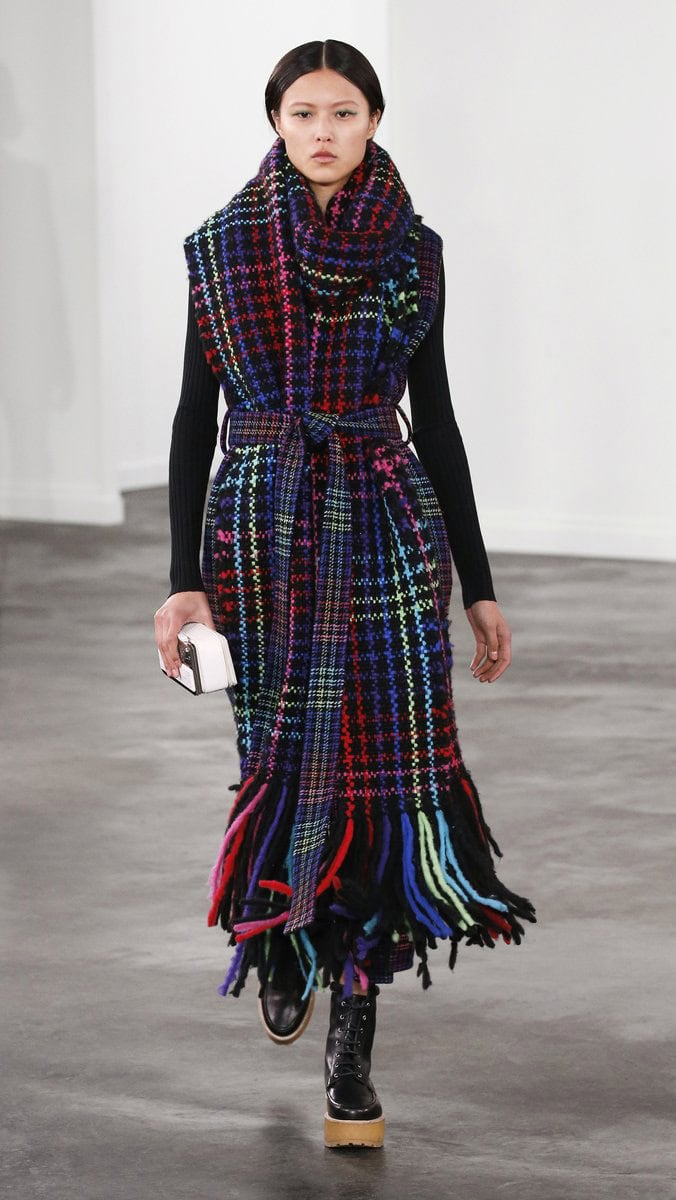
Gabriela Hearst launched her first designer womenswear collection in 2015, focused on the values of “Long Term” and “Sustainability”. She partnered with Manos del Uruguay, a 50 year old non-profit women’s cooperative that empowers the rural women who create her hand-knits. With the Spring Summer 2020 collection, shown in New York in September 2019, the company created the first ever carbon neutral runway show. The company features impeccably constructed clothing, a compelling sustainable practices timeline, and a goal of eliminating the use of virgin materials by 2022.
Mara Hoffman
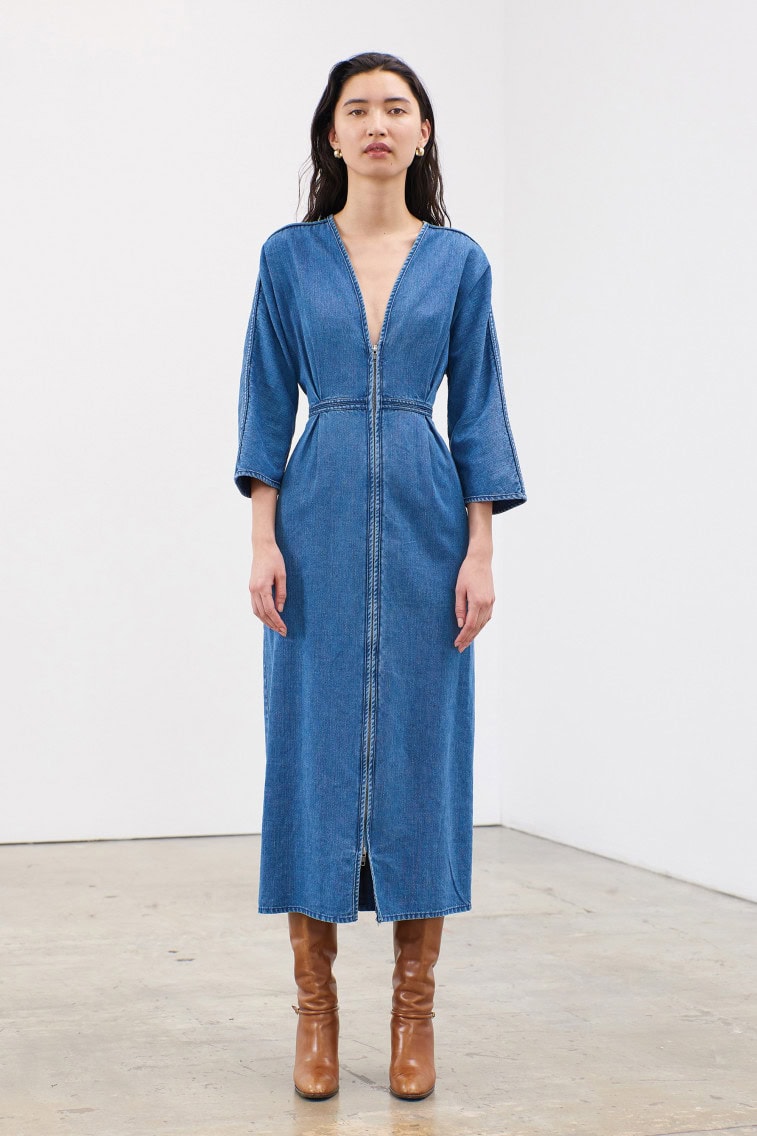
Under the leadership of its namesake of President and Creative Director, Mara Hoffman creates collections inspired by and in celebration of women. In a refreshing approach to fashion merchandising, models on the company’s website appear digitally un-retouched, and represent a wider range of ages and body types then is typically featured on fashion websites. Furthermore, the company uses a wide-range of sustainable materials and partners with NYC-based non-profits and other global organizations in its commitment to continue expanding its sustainable and responsible practices.
Vivienne Westwood
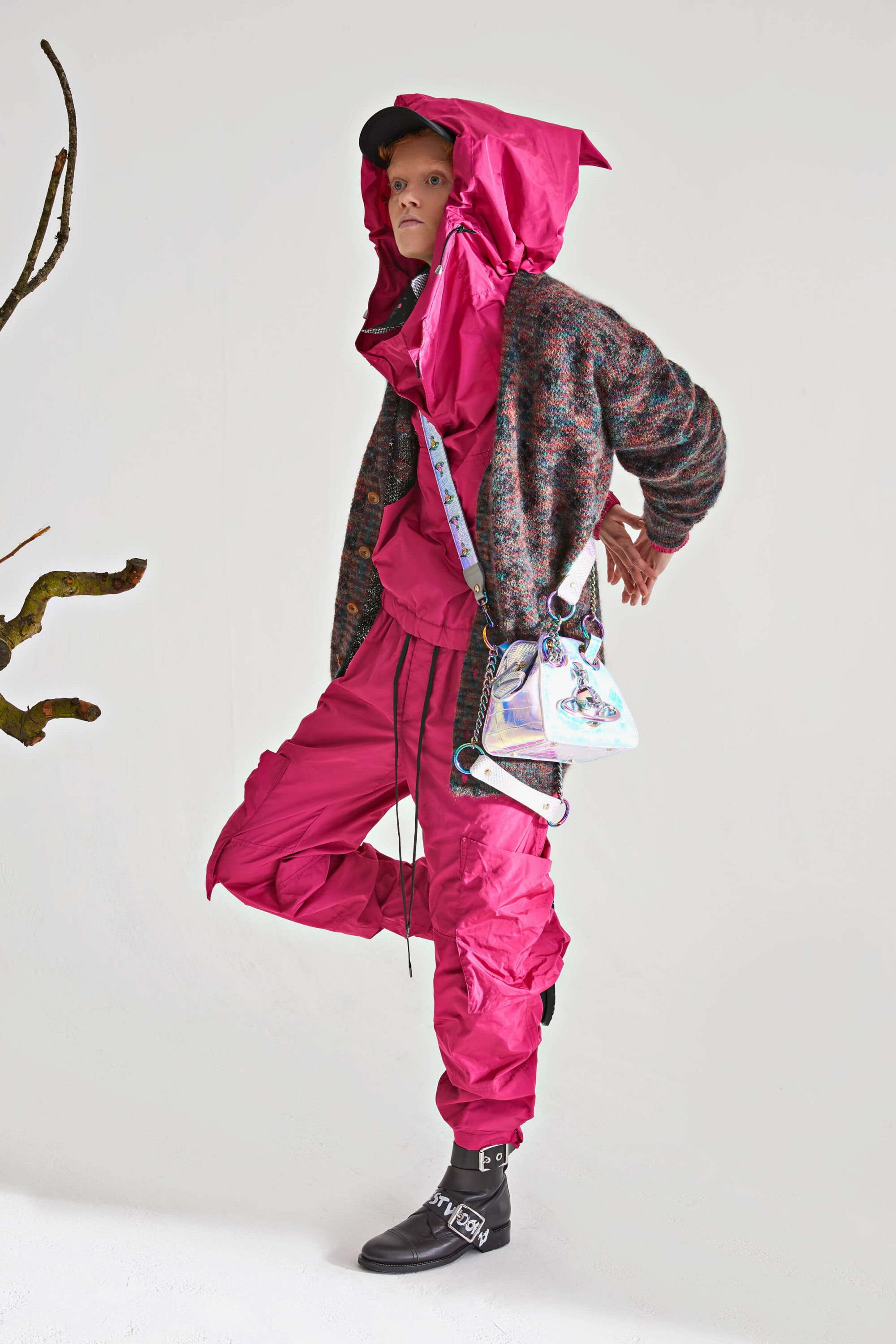
Vivienne Westwood’s strategy for sustainability is focused on three key concepts: Quality vs. Quantity, Gaia, and Arts and Culture. Gaia is the primordial deity from ancient Greek mythology who was the mother of all life, and the personification of planet Earth. Backing up her spiritual approach with an online manifesto focused on human rights for “supply chain workers, our heritage partners, our employees, our customers, and our wider public” as well as animal welfare, and policies for sourcing with minimal environmental impact, Vivienne Westwood’s unique approach to sustainability can be found here.
ASKET
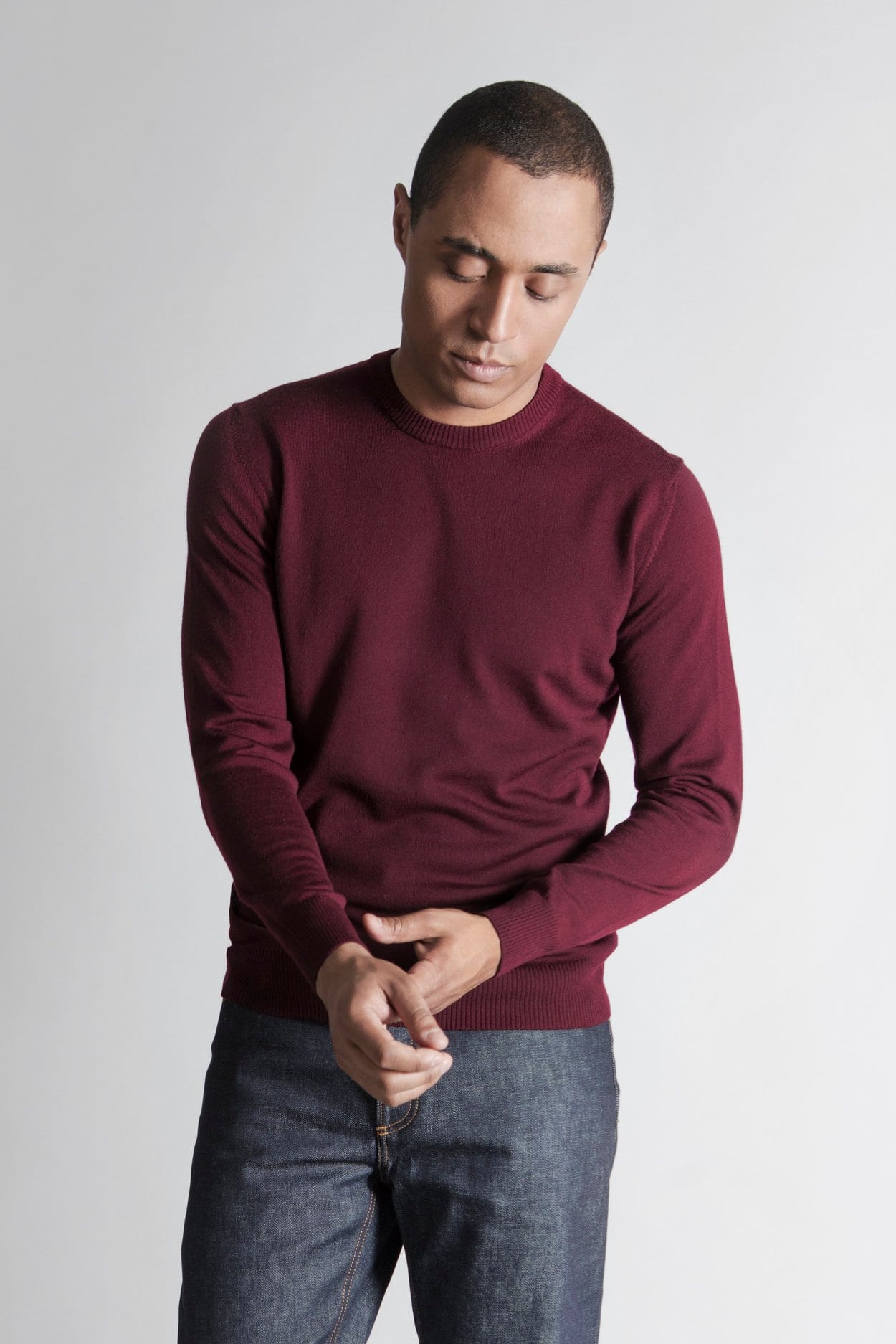
Swedish fashion brand Asket is a disrupter in the industry, drawing attention with their huge wall at Södermalm Stockholm in October that proclaimed “FUCK FAST FASHION”. Though it may seem counter-intuitive to make such a statement while simultaneously advertising their own clothing, Asket has a radically different approach as compared to most fashion companies. By eschewing seasonal collection launches and instead promoting a single “permanent collection” of essentials, they are able to focus on research, development, quality and traceability. With reports of 79% traceable material sourcing for 2018, their goal is to be 100% traceable by the end of 2019. It will be interesting to see how the company’s unique business model performs and evolves in the years to come.
Everybody & Everyone
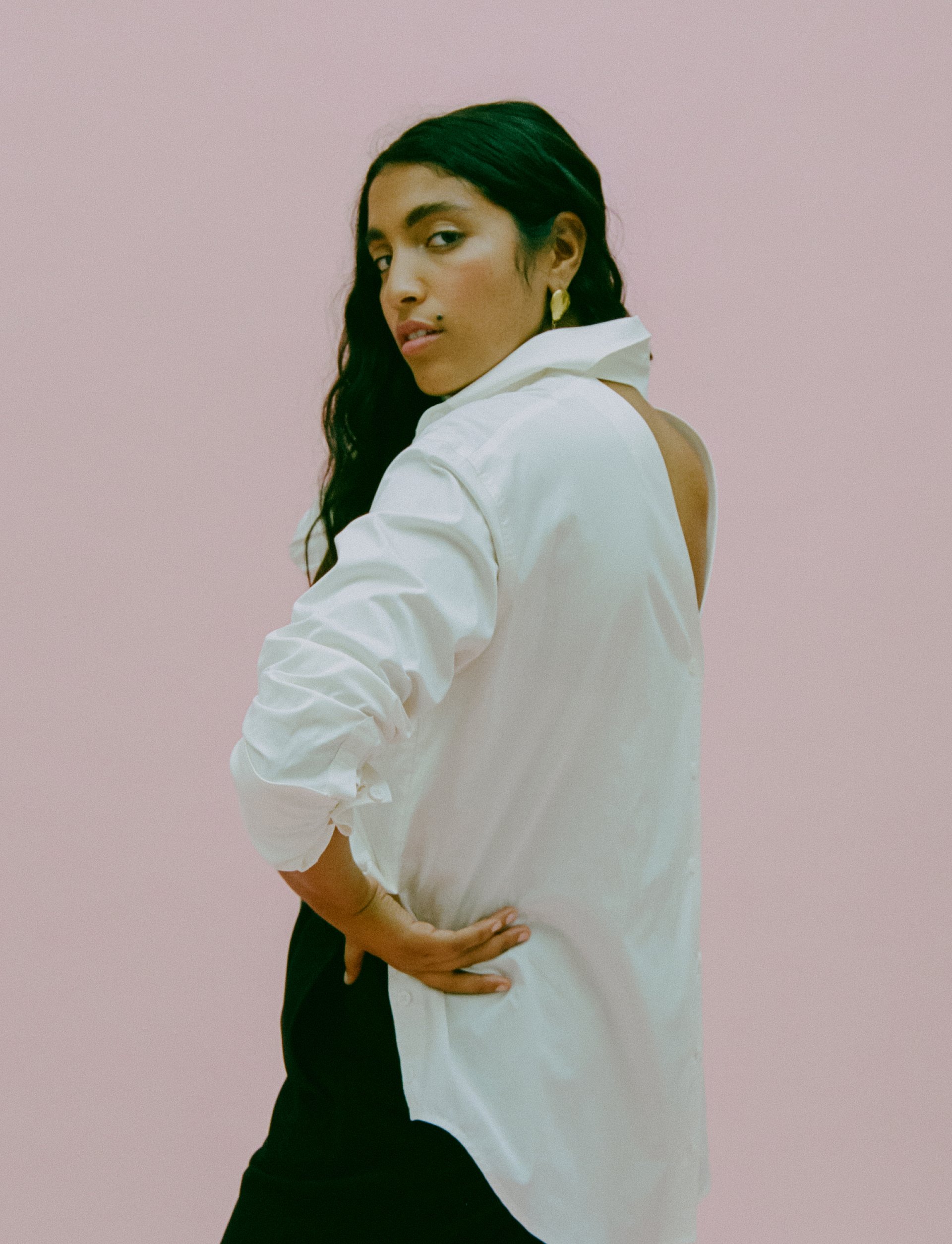
Everybody & Everyone was created by Veronica Chou, the daughter of textile and fashion industry billionaire Silas Chou, who amassed a fortune investing in companies like Michael Kors and Tommy Hilfiger. Veronica Chou conceived the company to be sustainable from the start, developing her affordable clothing and accessories line with recycled poly and nylon, organic silk and cotton, and partnering with Naadam, EcoAlf, The Microfibre Consortium, Textile Exchange, Fashion Pact and Sustainable Apparel Coalition. Additionally they are working with a tree planting project called One Tree Planted, a nonprofit organization that plants trees around the world and raises awareness about why trees are so important. For every shipment, their shipping company purchases 1 tree for $1 from One Tree Planted on behalf of Everybody & Everyone.
Patagonia

Patagonia may not be the most glamorous clothing company, but if an award could be given for the most transparent clothing company, it would definitely be a contender. A wealth of information is available about their sustainable practices. And like many companies who are trying to be as sustainable as they can, they admit to being part of a system in which it is not yet possible for a large company such as theirs to be 100% sustainable. They acknowledge their social and environmental responsibilities, and act on them, but they also share their struggles and difficult choices that the company must sometimes make. For example, they directly address questions about durability and long-term performance when comparing recycled polyester to virgin polyester materials for the shells of their technical gear. Admitting they don’t have all the answers, and presenting the relevant science to consumers, are necessary steps in the long road to true sustainability.
